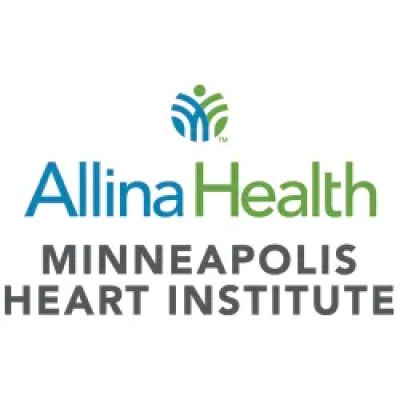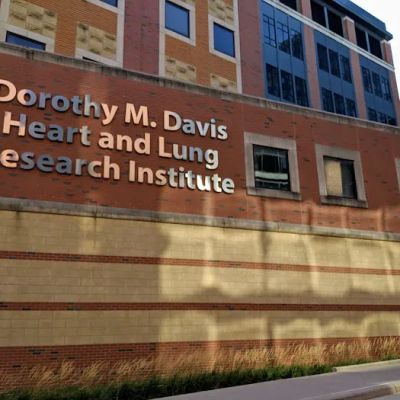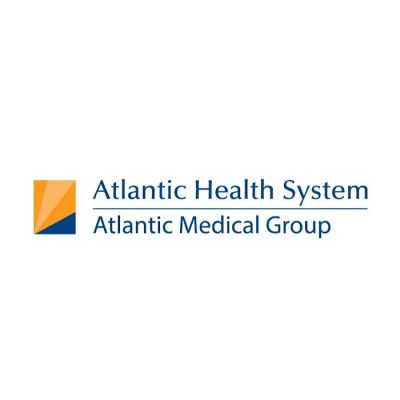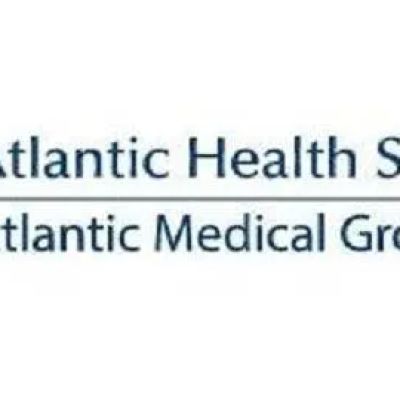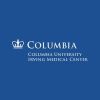- 1-Importance-of-Heart-Disease-and-Arrhythmia-Awareness
- 2-Understanding-Arrhythmia-and-Its-Types
- 3-Common-Symptoms-and-Warning-Signs
- 4-Risk-Factors-Linking-Heart-Disease-and-Arrhythmias
- 5-Real-Life-Cases-Highlighting-the-Importance-of-Awareness
- 6-Preventive-Measures-and-Treatment-Options
Importance of Heart Disease and Arrhythmia Awareness
Heart disease remains one of the leading causes of death globally, with arrhythmias—abnormal heart rhythms—being a significant contributor to complications and fatalities. Raising awareness about heart disease and arrhythmia is crucial to early detection and effective management. Many individuals overlook subtle symptoms or fail to recognize risk factors, which can delay diagnosis and treatment.
Understanding the connection between heart disease and arrhythmia helps patients and caregivers respond promptly to warning signs, potentially preventing serious events such as stroke or sudden cardiac arrest. Comprehensive awareness supports healthier lifestyle choices and encourages regular medical check-ups, empowering individuals to take control of their cardiovascular health.
Understanding Arrhythmia and Its Types
Arrhythmia refers to any irregularity in the heart's rhythm—either too fast, too slow, or erratic. Common types include atrial fibrillation, ventricular tachycardia, and bradycardia. Each type carries different implications and treatment protocols.
Atrial fibrillation, for example, is characterized by rapid and irregular beating of the upper chambers of the heart and is strongly associated with increased stroke risk. Ventricular tachycardia, a rapid heartbeat originating from the lower chambers, can be life-threatening and requires immediate attention.
Recognizing the specific type of arrhythmia is essential for tailoring treatment and reducing adverse outcomes.
Common Symptoms and Warning Signs
Symptoms of arrhythmia and heart disease often overlap and can range from mild to severe. Common signs include palpitations, dizziness, shortness of breath, chest pain, fatigue, and fainting episodes.
However, some arrhythmias may be asymptomatic, underscoring the importance of routine cardiovascular screenings, especially for individuals with known risk factors. Early detection through symptom awareness and medical testing plays a critical role in managing these conditions effectively.
Risk Factors Linking Heart Disease and Arrhythmias
Several risk factors increase the likelihood of both heart disease and arrhythmia, including hypertension, obesity, diabetes, smoking, excessive alcohol use, and a sedentary lifestyle. Age and family history also play significant roles.
Managing these factors through lifestyle modification and medical intervention reduces the risk of developing arrhythmias and mitigates the progression of heart disease. Understanding these links helps individuals adopt targeted prevention strategies.
Real-Life Cases Highlighting the Importance of Awareness
Consider Lisa, a 60-year-old woman who experienced intermittent palpitations and fatigue but attributed them to aging. After a routine checkup revealed atrial fibrillation, timely treatment prevented a potential stroke. Her story emphasizes how heart disease and arrhythmia awareness can save lives.
Similarly, John, a middle-aged man with untreated hypertension, suffered a ventricular arrhythmia episode leading to hospitalization. His case demonstrates the risks of unmanaged cardiovascular conditions and the value of early detection.
Preventive Measures and Treatment Options
Prevention remains the cornerstone of managing heart disease and arrhythmia risk. Healthy eating, regular exercise, smoking cessation, and blood pressure control are foundational steps. For those diagnosed with arrhythmias, treatments may include medications, lifestyle changes, catheter ablation, or implantable devices like pacemakers.
Regular follow-ups and monitoring ensure optimal management. For expert guidance, trusted products, and support tailored to cardiovascular health, visit HeartCare Hub. Their resources help individuals understand their risks and access effective treatments to protect heart function.

